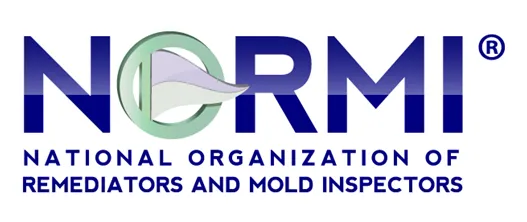
Clearing the Air: Understanding and Addressing the Health Effects of Indoor Air Quality Contaminants
Indoor Air Quality (IAQ) plays a pivotal role in our overall health and well-being. According to the U.S. Environmental Protection Agency (EPA), the air within our homes and other buildings can be more seriously polluted than the outdoor air, even in the largest and most industrialized cities. This is concerning considering that most people spend a significant amount of their time indoors. The health effects of poor IAQ can range from short-term irritations to long-term respiratory diseases, making it crucial to understand and mitigate IAQ contaminants.
1. Short-Term Effects
The immediate effects of poor indoor air quality are often similar to those of common colds or other viral diseases, making them easy to overlook. These effects, which can be experienced soon after exposure to a pollutant, include:
Irritation of the Eyes, Nose, and Throat: Common in cases of exposure to tobacco smoke, dust, animal dander, and other particulate matter.
Headaches, Dizziness, and Fatigue: Often associated with elevated levels of carbon monoxide, VOCs, and other chemical contaminants.
Allergic Reactions: Pollen, dust mites, and pet dander can trigger immediate allergic reactions.
The EPA emphasizes that the likelihood of immediate reactions depends on several factors including age, preexisting medical conditions, and individual sensitivity.
2. Long-Term Effects
Prolonged or repeated exposure to indoor air pollutants can lead to more serious health conditions. These effects may show up years after exposure has occurred or after long or repeated periods of exposure. Long-term effects include:
Respiratory Diseases: Chronic exposure to pollutants like cigarette smoke and asbestos fibers can lead to diseases like chronic obstructive pulmonary disease (COPD) and lung cancer.
Heart Disease: Certain air pollutants have been linked to an increased risk of heart disease.
Cancer: Long-term exposure to carcinogens like radon, asbestos, and tobacco smoke can lead to lung cancer and other forms of cancer.
According to the EPA, there is a growing body of scientific evidence that indicates that the air within homes and other buildings can be more seriously polluted than the outdoor air.
3. Sensitive Groups
Certain populations are more vulnerable to the effects of poor IAQ. These include:
Children: They breathe more air per pound of body weight than adults and are more susceptible to air quality issues.
Elderly: Older adults often spend more time indoors and may have preexisting health conditions that are exacerbated by poor IAQ.
People with Chronic Illnesses: Those with respiratory or cardiovascular diseases are particularly susceptible to polluted indoor air.
4. Contaminant-Specific Health Effects
The EPA identifies specific health effects associated with certain IAQ contaminants:
Radon: A leading cause of lung cancer among non-smokers.
Carbon Monoxide (CO): Can cause headaches, dizziness, weakness, nausea, and even death at high levels.
Formaldehyde: Can cause irritation of the throat, nose, eyes, and may trigger asthma symptoms.
Mold and Mildew: Can cause nasal stuffiness, throat irritation, coughing or wheezing, eye irritation, or skin irritation.
5. Preventive Measures and Solutions
To mitigate the health risks associated with poor IAQ, the EPA recommends:
Improving Ventilation: This reduces the concentration of indoor pollutants.
Controlling Sources of Pollution: Like eliminating smoking indoors, using exhaust fans while cooking, and reducing humidity levels to prevent mold growth.
Air Cleaning: High-efficiency particulate air (HEPA) filters can trap particulates effectively.
Regular Maintenance: Ensuring heating and air conditioning systems are properly maintained.
Conclusion
The importance of maintaining good indoor air quality cannot be overstated, particularly given the potential health effects of various contaminants. By understanding these risks and taking proactive measures, individuals can significantly improve their indoor environment, safeguarding their health and that of their families. The EPA's guidelines and recommendations provide a valuable framework for addressing these issues effectively.






